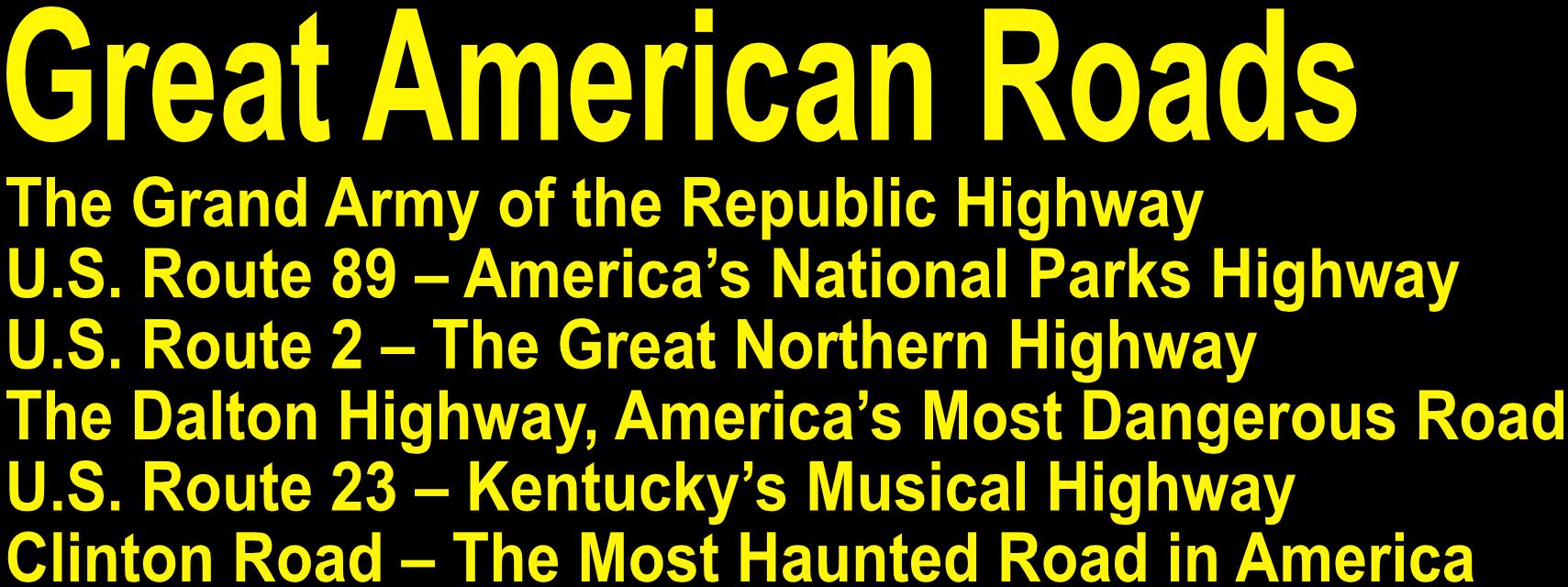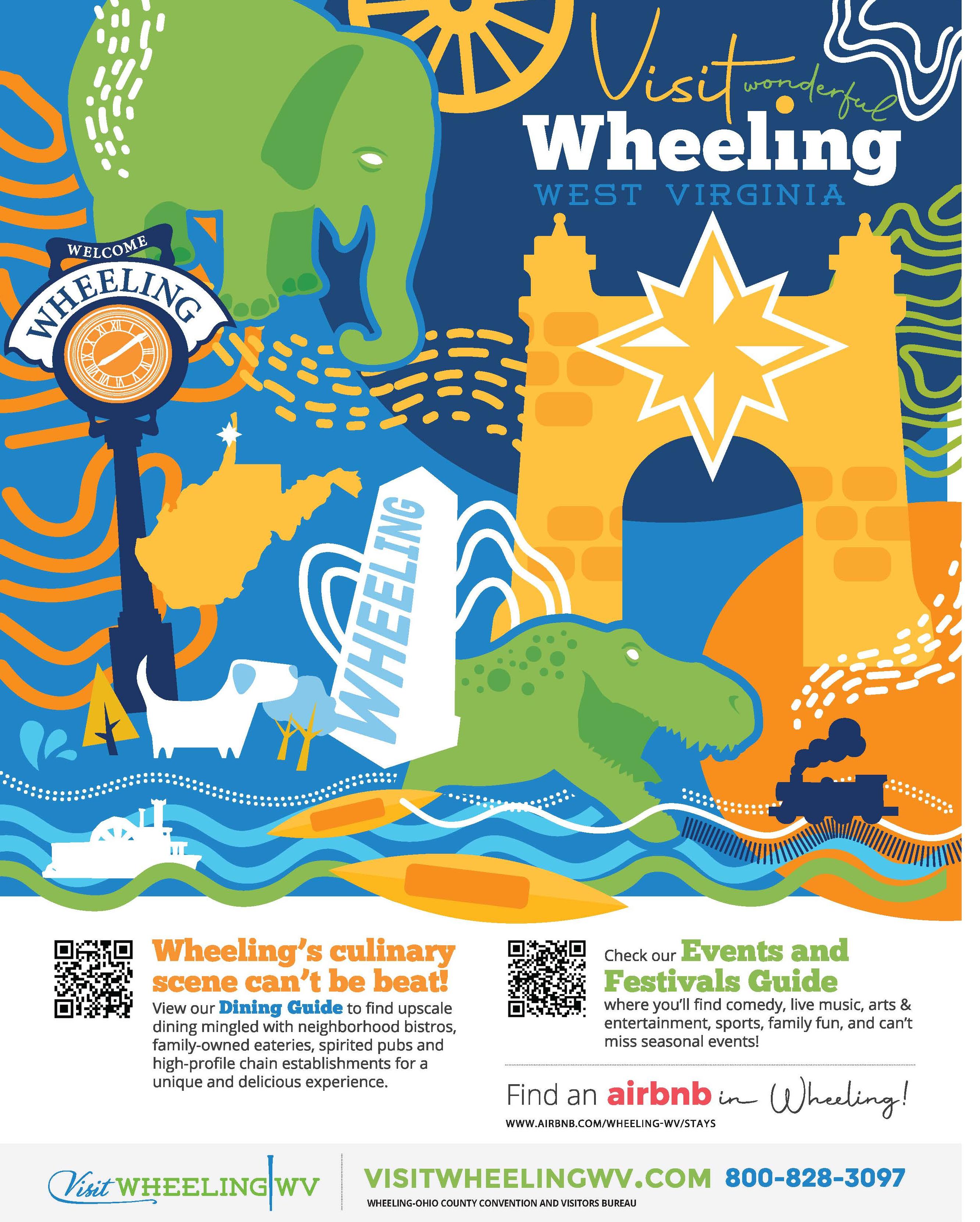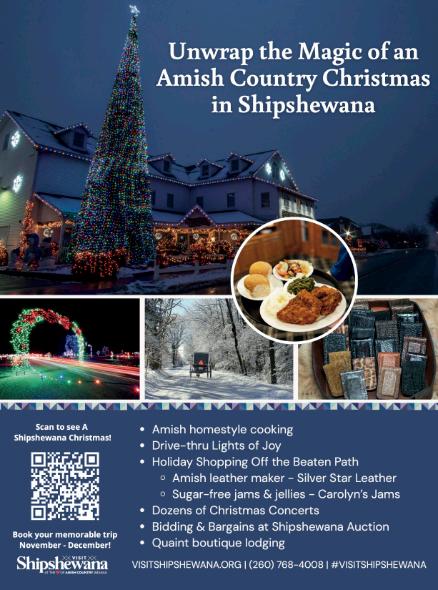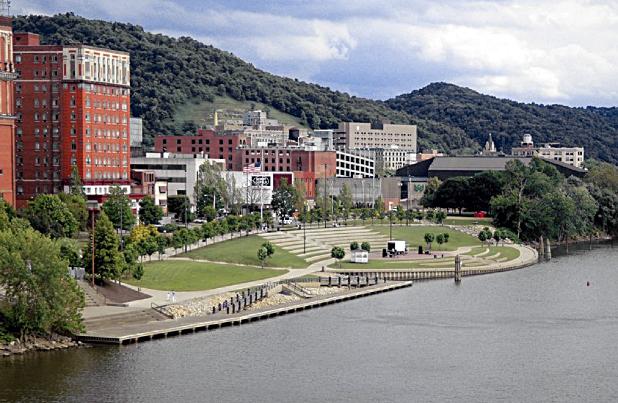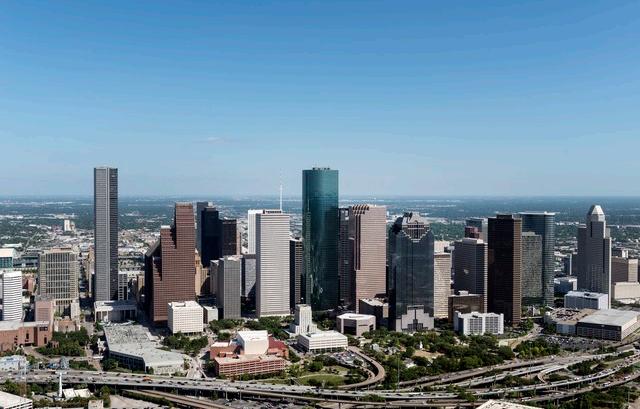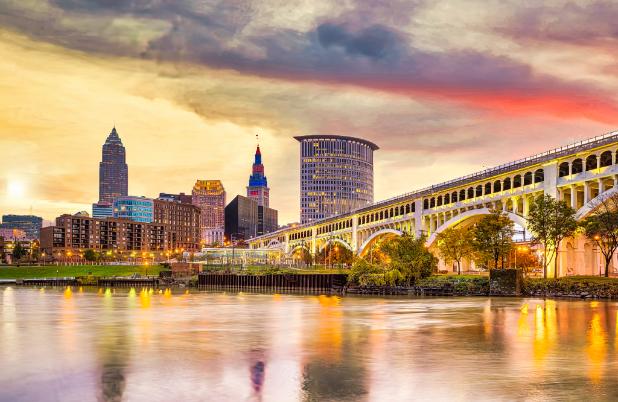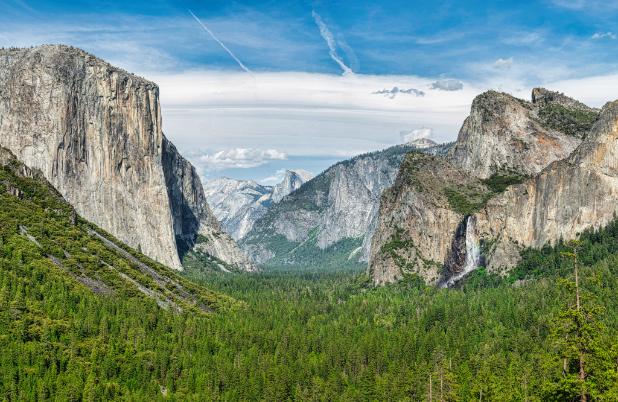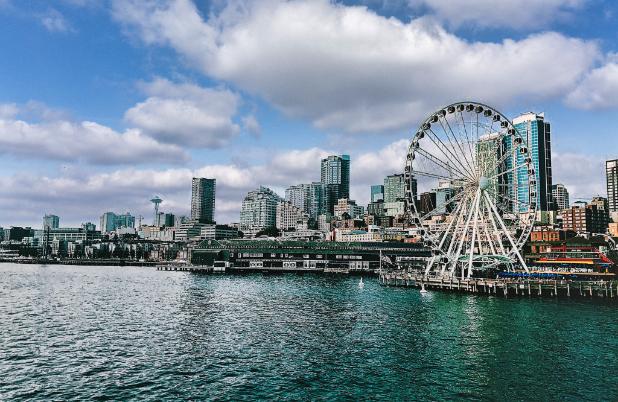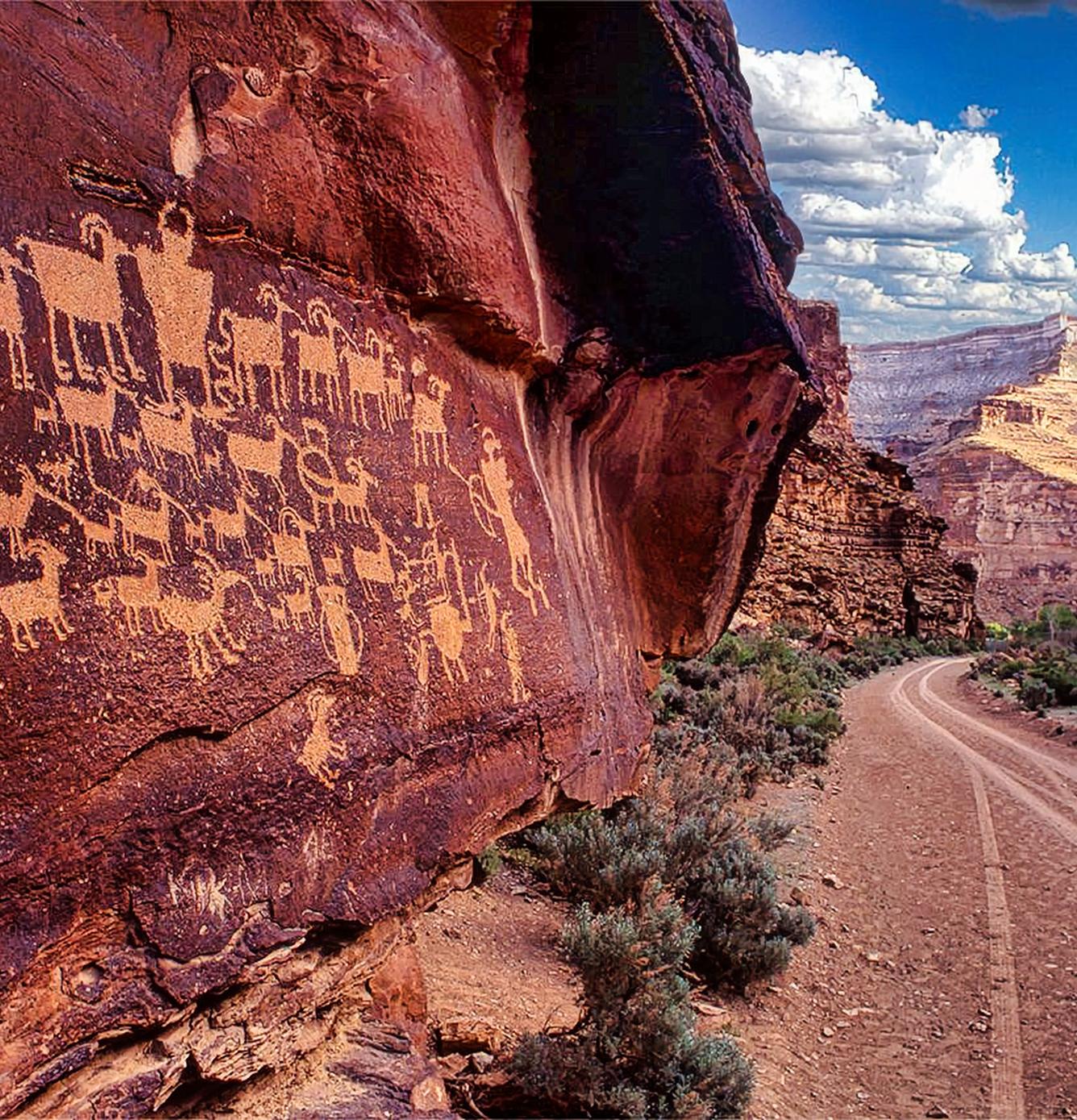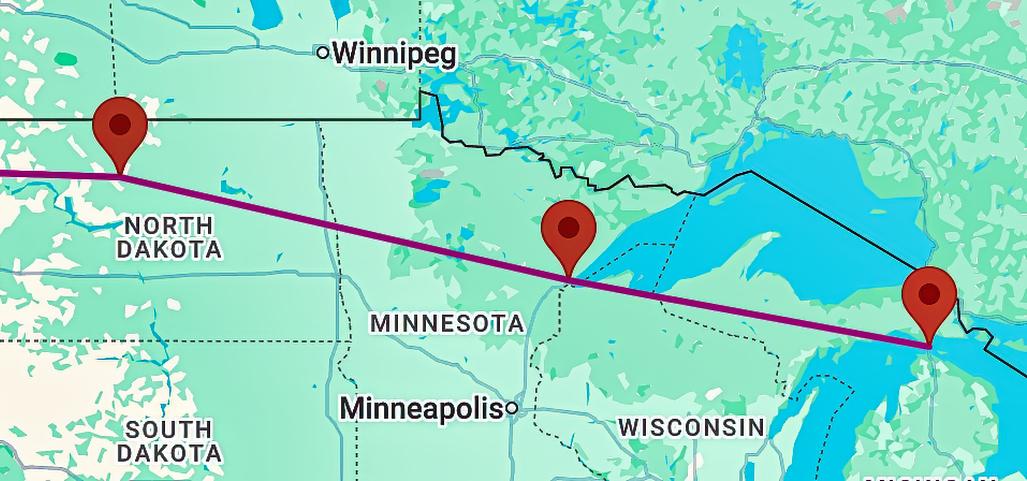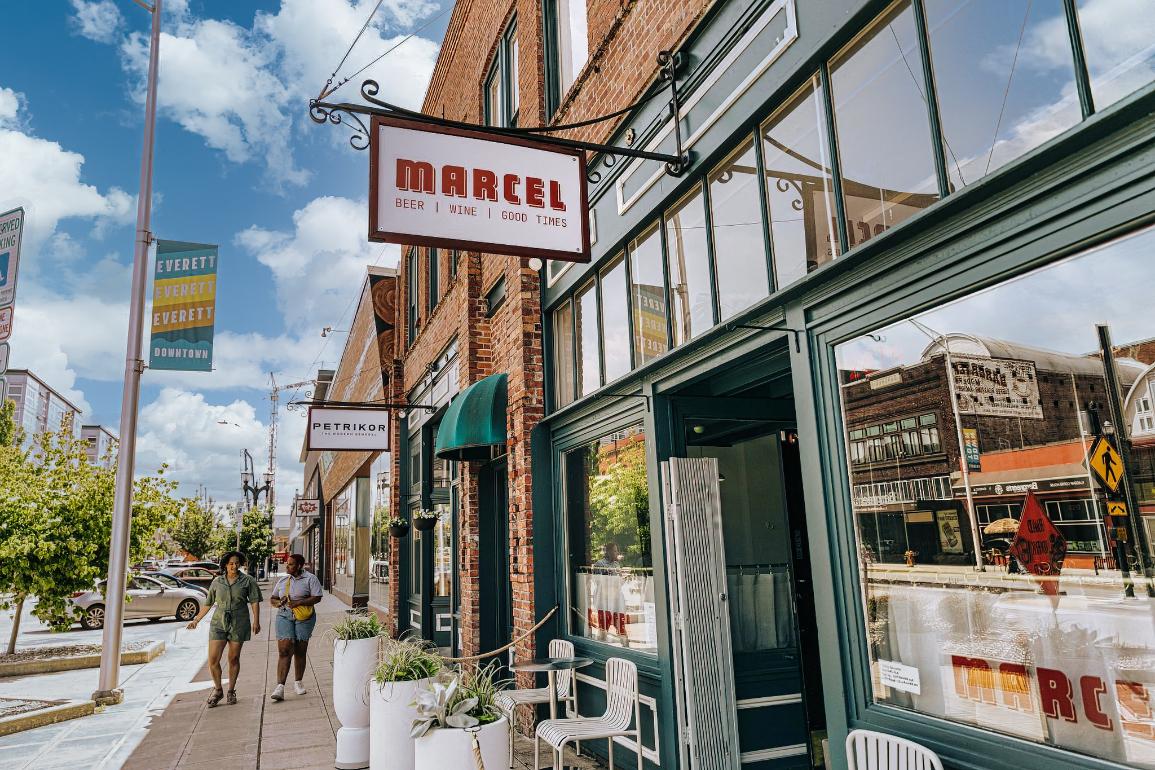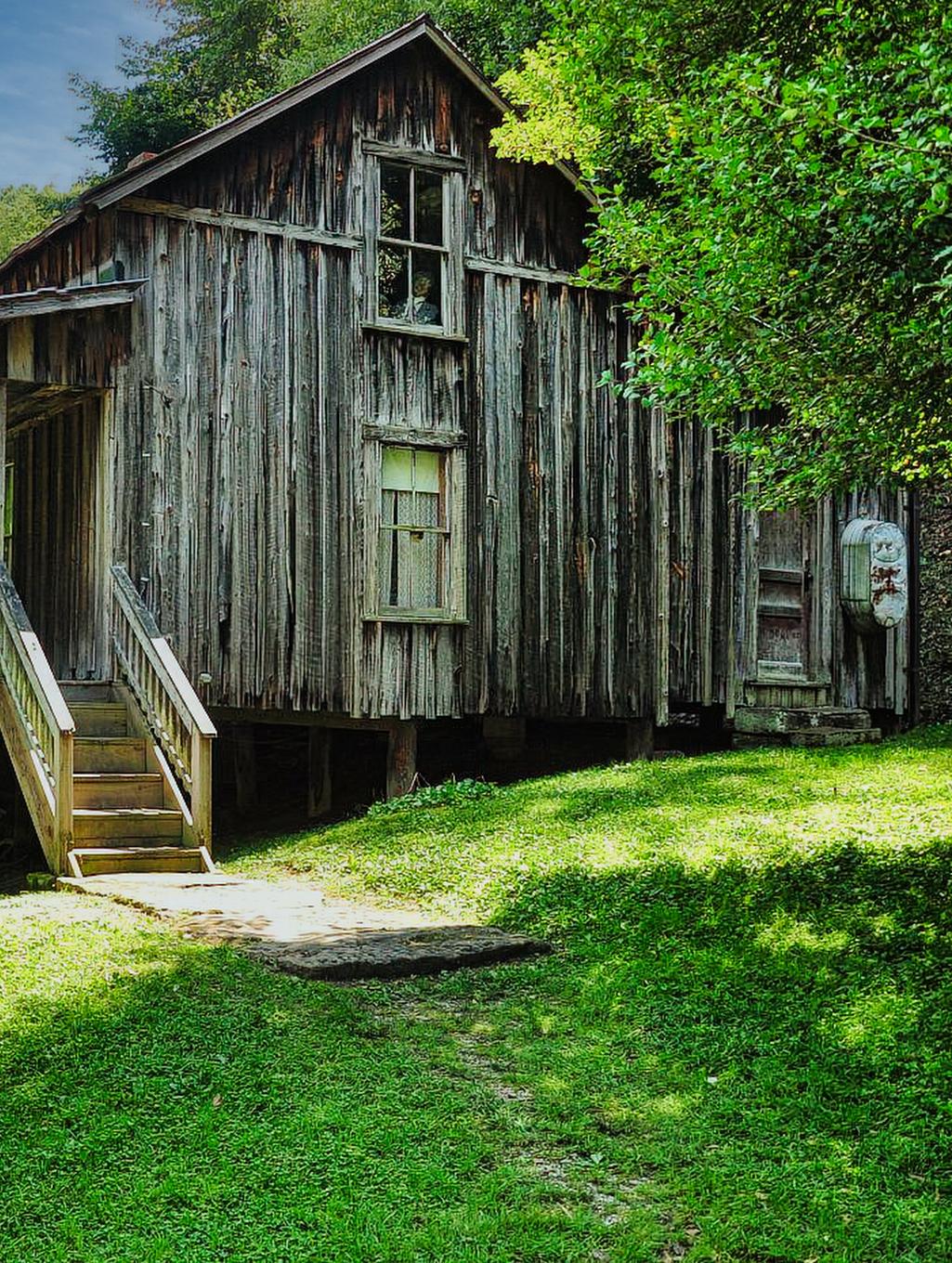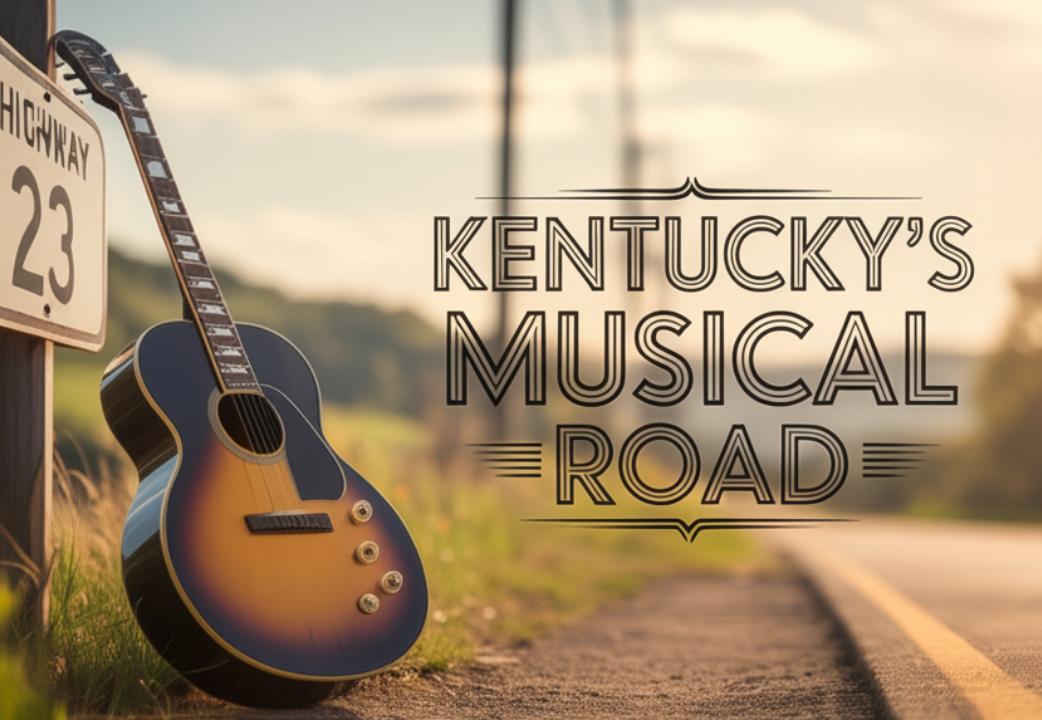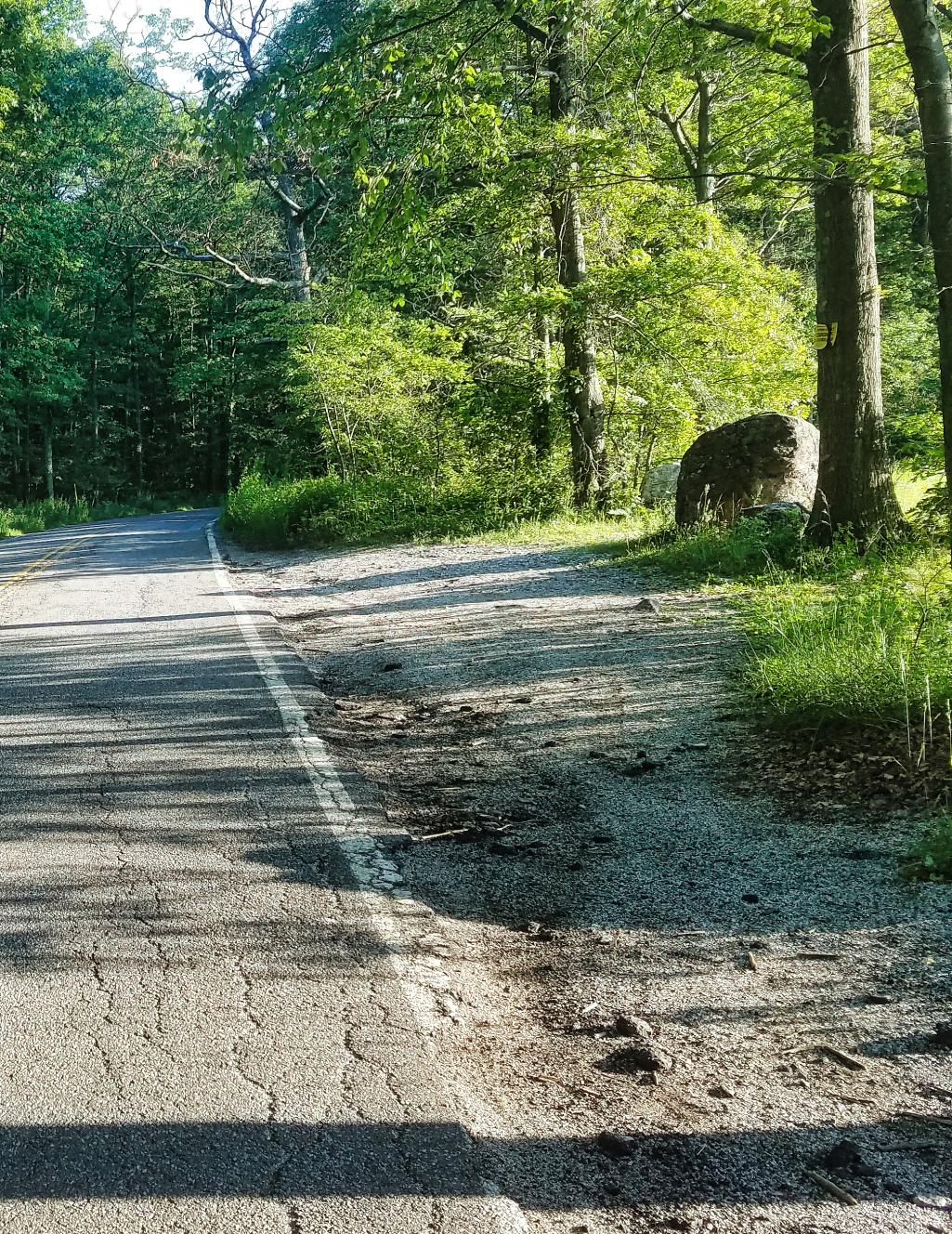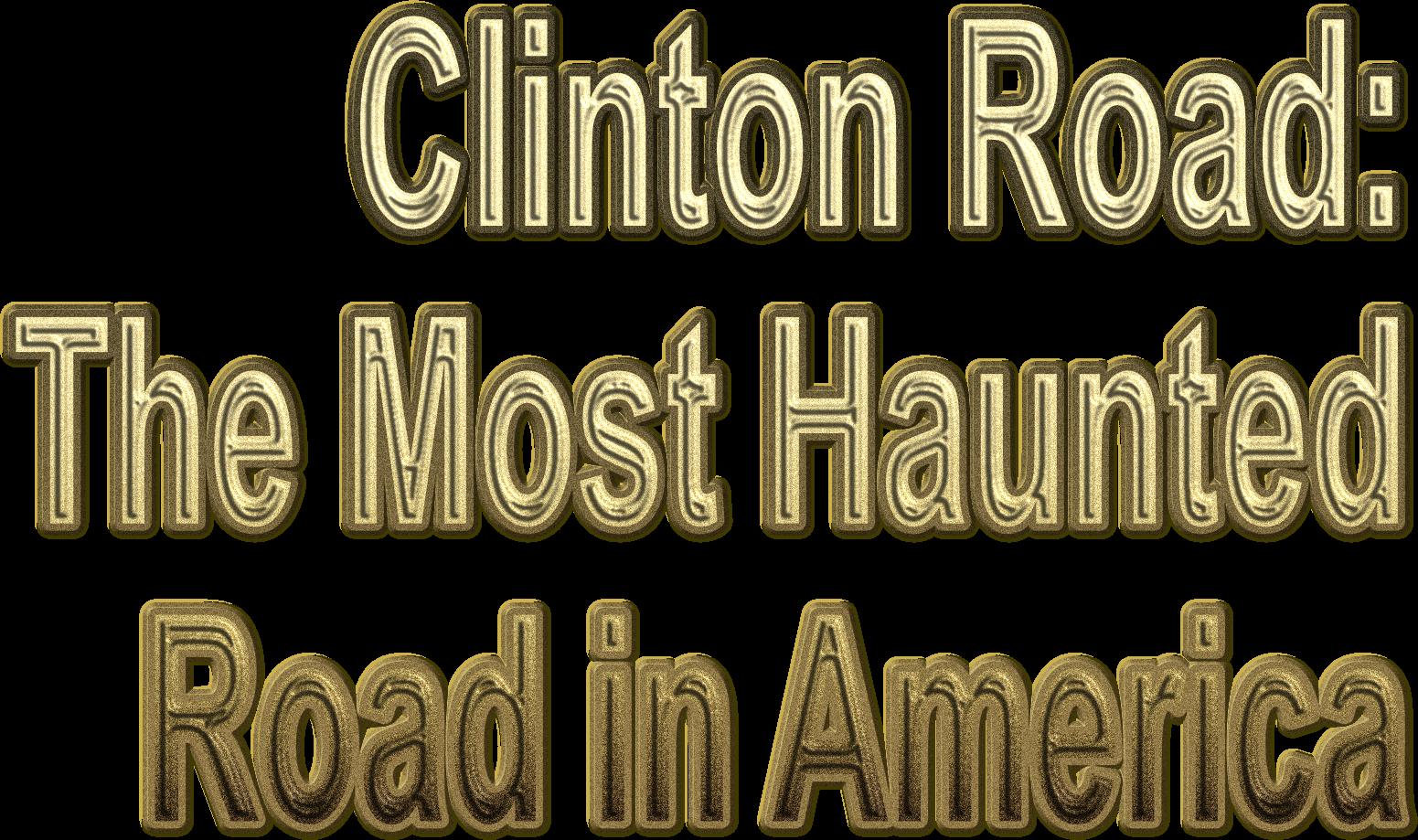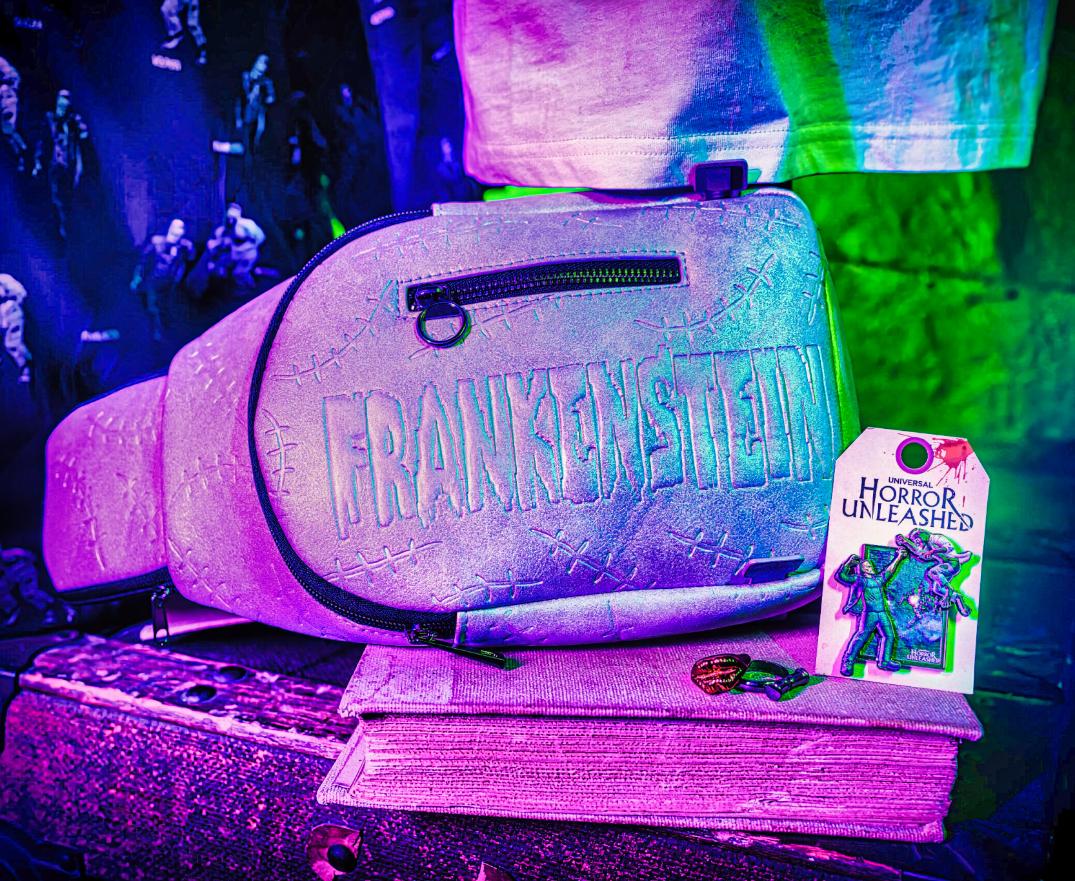Coming in Future Issues
Up Next:
National Parks Future issues of Byways will feature National Parks, Great American Cities, Route 66 100th Anniversary, and America’s 250th Birthday. . .
Right. Few places embody the rugged soul of theAmerican West quite like Rocky Mountain National Park. Just 70 miles from Denver, this 415-squaremile expanse of alpine wilderness is both an accessible day trip and a destination worth savoring over a week or more. Photo courtesyAlyssa Teboda on Unsplash.
Byways
Stretching fromtheshores of Provincetown, Massachusetts to thehighdesertof Bishop, California, U.S.Route6 onceheldthetitleof the longesthighway inAmerica.
Though itno longer reaches thePacificOcean,today's Route6 remains avitalribbonof asphaltwinding throughAmerica’s heartland.Thesegmentfrom Pennsylvaniato Nevadaoffers anunparalleled lookat thenation’s smalltowns,history,andnaturalbeauty, allunder thenoblebanner of its namesake:TheGrand Army of theRepublic,an organizationof UnionCivil War veterans.
A Highway Steeped in History
The name "GrandArmy of the Republic Highway" was adopted in 1953 to honor Union soldiers of the Civil War. Many towns along Route 6 still proudly display plaques and monuments that pay homage to veterans and the sacrifices they made to preserve the Union.
Byways 12
Driving this road is more than a scenic tour; it's a rolling journey throughAmerica’s past.
Route6mirrors theevolutionof theAmerican experience,fromits industrialmighttotheslowpacedcharmof its ruralbyways.Unlikethespeed and sterility of interstates,this highwayinvites travelers to taketheir time,exitoften,andengagewith communities thathavelargelyescaped modern homogenization.
From Coal Country to the Midwest Plains
Pennsylvania offers one of the most picturesque and historic sections of Route 6. Starting in the Pocono Mountains, travelers are welcomed by lush forests and winding curves that lead into charming towns like Honesdale, the birthplace of theAmerican railroad. Further west, Wellsboro is a favorite stop, known for its gas-lit main street and proximity to the Pennsylvania Grand Canyon, a motorcoach-friendly park offering sweeping views and walking trails.
Continuing west, CorryandMeadvilleprovidea glimpseinto Pennsylvania’s industrialhistory, featuringrailroad museums andvintagediners thatfeelplucked fromanother era.This partof thehighway also passes throughtheAllegheny NationalForest, aperfectdetour for nature lovers.
Crossing into Ohio,Route6skirts thesouthern edgeof LakeErie. Cities likeSanduskyand Lorain offer lakesideviews,waterfrontdining, and historicarchitecture. Sanduskyis alsohome to Cedar Point, theroller coaster capitalof the world, asurprising modernthrillalongthis otherwisecontemplativeroute.
Indianabrings aruralflavor toRoute6,where towns likeNappaneeshowcasethestate’s strong Amish heritage. Here,travelers mightseehorsedrawn buggies sharetheroadwithtour buses,offering amomentto slow downandappreciatethestate’s agriculturalroots.
Through the Heart of America
Rock Island, and Davenport just across the Mississippi River. These towns boast riverfront parks, museums, and a strong cultural identity rooted in the steamboat and agricultural era.
In Illinois, Route 6 glides past the Quad Cities, offering an excellent opportunity to explore Moline,
Crossingthewideexpanseof Iowa,towns like GrinnellandNewtonreflectsmall-townAmericanlife atits mostauthentic.
This is aperfectsectionfor roadtrippers todetour into roadsidediners, family-runmuseums,andclassic main streets stillproudlyflyingtheAmericanflag.
In Nebraska, thehighwayshifts intohighgear with long,straightstretches of prairie.Whilesparsein population, towns likeHoldregeandMcCookgive insightintofrontier life,andtheir community museums often houseartifacts fromtheCivilWar era, tying into theroad’s GrandArmytheme.
The High Plains and Mountain Vistas
Once in Colorado, Route 6 begins to climb. While parts of it overlap with I-70, it's worth the divergence to visit cities like Golden, home of Coors Brewery and gateway to the Rocky Mountains. Glenwood Springs is another standout, known for its hot springs and historic resort town charm, all easily accessible to motorcoach travelers.
WesternColorado delivers stunningvistas, particularlythroughGrandJunction,whereredrock canyons and vineyards offer auniqueblendof outdoor adventureand winecountryrelaxation.
Route6 then slips intoUtah,whereittraverses through high desertlandscapes andtowns likePrice, which serves as agood basefor exploringnearby Nine MileCanyon and its ancientpetroglyphs.
Finally, therouteenters Nevada,culminatingintowns likeElyandTonopah, places thatechowithmining historyandthepioneeringspirit.Ely,inparticular, is hometo theNevadaNorthern RailwayMuseum, offeringsteamengineexcursions andadeepdiveinto theruggedheritageof theAmericanWest.
Why Travel Route 6 Today?
U.S. Route 6 is not about speed or efficiency. It’s about depth. For motorcoach operators, group tour planners, and adventurous travelers alike, the Grand Army of the Republic Highway offers the rare chance to see the United States without the veil of commercialism.
Its small towns welcome visitors with genuine hospitality, its landscapes remain varied and captivating, and its story is deeply woven into the nation’s fabric.
Whether you’rewalking ahistoricbattlefield,sipping coffeeinacentury-old diner,or gazingatcanyons carved by millennia, Route6provides moments that
connectus toAmerica’s past,present, andenduring spirit.
Sonexttimeyou'relookingfor ahighway less traveledbutdeeply worththejourney,steer your wheels towardU.S.Route6 –andrediscover thejoy of thelong,scenicroad.
Stretching fromthedeserts of southernArizonato theforests near theCanadianborder inMontana, U.S.Route89 is morethanjustaroad–it’s a journeythrough thesoulof theAmericanWest, often called “TheNationalParks Highway”.
U.S. 89 links together someof thecountry’s most spectacular landscapes, historictowns,andlegendary nationalparks.Along its nearly1,250-mileroute, travelers can experiencethegrandeur of theGrand Canyon, theserenity of Zion,theraw beautyof Yellowstone, and thewild peaks of Glacier.
For road trippers, tour groups,andnaturelovers alike, U.S. 89 offers oneof themosticonicandrewarding drives inAmerica.
Byways 18
A Road Born of Beauty and Heritage
U.S. Route 89 was established in 1926 as part of the original U.S. highway system. While portions of it have been rerouted or replaced by interstates, the highway still retains much of its original character.
It winds through remote deserts, bustling Western towns, and soaring mountain passes, offering a living, breathing history of theAmerican frontier. What sets this road apart is not just its length or geography, but the sheer concentration of national parks and monuments along the way – making it a dream corridor for explorers and sightseers.
The Journey Begins: Arizona and Utah
U.S. 89 begins in Nogales,Arizona, at the Mexican border, and quickly climbs into the high desert
landscapes north of Tucson and through Saguaro country. While the southern portion of the route was decommissioned in favor of Interstate 19, the spirit of the road lives on as you travel north through Tucson, Flagstaff, and Page.
Oneof thecrown jewels alongtherouteis Grand Canyon NationalPark,easilyaccessedfromU.S. 89 viaStateRoute64.TheSouthRimoffers jawdropping views, hikingtrails,andhistoriclodges that havedrawnmillions of visitors sincethepark’s designationin 1919.
Continuing north, thehighwaytakes travelers through Page, hometo LakePowell,GlenCanyonDam,and theworld-famousAntelopeCanyon.
Crossing into southern Utah,thesceneryturns even moredramatic. Red rockformations,toweringmesas, and otherworldly canyons surroundthehighway. Kanab, aclassicWesterntownoftenusedas a Hollywood filming location,serves as agateway to severalparks. In shortorder,U.S.89provides access to ZionNationalPark,BryceCanyonNationalPark, and CapitolReef NationalPark–eachageological marvelin its own right.
U.S.89 alsointersects withScenicByway12, consideredoneof themostbeautifuldrives in the country.With its winding roads throughcanyons, slickrockplateaus,andhighalpineforests,this detour is highlyrecommendedfor travelers withtimeto spare.
Salt Lake City and the Wasatch Front
As the road continues north, it merges temporarily with Interstate 15 before re-emerging in the Salt Lake City area. Here, urban energy meets mountain grandeur, with the Wasatch Range providing a striking backdrop to the cityscape. While Salt Lake City is a vibrant urban hub, it’s also a natural stopping point for travelers heading to the northern national parks.
Thedrivenorth through LoganCanyon,partof the Bear River Mountains,is particularlystunning, especially in fallwhentheleaves explodeintocolor. Theroutehugs Bear Lake, sometimes calledthe “Caribbean of theRockies”for its strikingturquoise water, beforecrossing intoIdahoandthenWyoming.
Western Wyoming and Yellowstone Country
One of the most iconic stretches of U.S. 89 takes travelers through Jackson, Wyoming, a lively town with Old West charm, art galleries, and access to outdoor adventure. Just north of Jackson lies Grand Teton National Park, where the jagged peaks of the Teton Range rise dramatically above alpine lakes and verdant valleys.
Ashortdrivebeyond GrandTetonbrings youto YellowstoneNationalPark,theworld’s firstnational
Byways 20
parkandacrownjewelof theAmericanwilderness. Yellowstoneoffers everythingfromgeysers andhot springs tobisonherds andgrizzly bears, and U.S.89 serves as oneof its main arteries,continuing through thepark’s northentranceinto Montana.
Big Sky Country:
Montana’s Mountain Majesty
From Yellowstone, U.S. 89 runs north through Paradise Valley, one of Montana’s most scenic corridors, flanked by theAbsaroka and Gallatin ranges. The town of Livingston offers a blend of cowboy culture and modern arts, and serves as a hub for fishing, hiking, and river adventures.
Continuing north, thehighwaywinds through Choteau, GreatFalls,and smallagriculturaltowns before ascendinginto therugged terrainof northwestern Montana.This final stretchof U.S. 89 leads toGlacier NationalPark, oftencalledthe “Crown of theContinent”.Here,the Going-to-the-Sun Roadoffers oneof themostspectacular mountaindrives in theworld, crossingtheContinental Divideamid toweringpeaks and glaciallakes.
Road Trip Tips and Group Travel
For those planning a road trip along U.S. 89, it’s essential to plan for varying weather, road conditions, and altitudes. The route passes through deserts, forests, and high mountain regions, and temperatures
can fluctuate dramatically. While parts of the highway are well-traveled, others are remote and without cell service – so preparation is key.
For group tour planners, U.S. 89is idealfor motorcoachtravel,withmanytowns andparks offeringdesignated bus parking,visitor centers,and group-friendlyaccommodations. Cities likeFlagstaff, SaltLakeCity,andJackson haveamplelodging, whilesmaller towns alongtherouteoften offer amore intimateandauthenticWestern experience.
Why U.S. 89 Is More Than a Highway
U.S. Route 89 is not just a road – it’s a ribbon of American history, nature, and culture woven through some of the country’s most unforgettable landscapes. It tells the story of the West, from ancient Native American lands and pioneer trails to national parks that have become symbols ofAmerica’s natural heritage.
Whether you’redriving theentirerouteor exploring a singlesegment,U.S. 89offers ajourneyfilledwith scenicbeauty, culturalrichness, andthekindof road tripmagicthattravelers dreamabout.
Sopack your bags, fuelupthecar, RVor motorcoach andtaketheroadless traveled. OnU.S.Route89, the spiritofAmericais aliveinevery curve,canyon,and mountaintopvista.
Byways 22
Stretching fromtherocky coasts of Mainetothe rugged peaks ofWashington,U.S.Route2is one ofAmerica’s mostunderratedandrewarding cross-country highways.
Butitis thenorthern section–fromMichigan’s Upper Peninsulathrough Minnesota,NorthDakota, Montana, Idaho, andintoWashington–thatearns its nicknameas “TheGreatNorthern”.
Parallelingthefamed GreatNorthernRailway,Route 2 is ajourney of immensenaturalbeauty,frontier heritage,and quietAmericana,far fromthehumof the interstates.
This highway doesn'tjustspanmiles –itspans stories: of railroadtycoons and Nativenations,homesteaders and roughneck towns, glaciallakes andalpinepeaks.
For group tour operators, roadtrippers,and motorcoachtravelers lookingtodiscover anunfiltered sliceof thenorthern UnitedStates,U.S.Route2 delivers scenery, solitude, andhistoricalsoulinequal measure.
Byways 24
The Upper Peninsula to the North Star State
The western portion of U.S. Route 2 begins in St. Ignace, Michigan, just across the majestic Mackinac Bridge from the Lower Peninsula.
From here, the road rolls westward through the Upper Peninsula (U.P.), a place defined by rugged lakeshore, dense forests, and deep-rooted mining history. Escanaba and Ironwood provide excellent staging points to explore Lake Michigan and Lake Superior vistas, along with opportunities to visit lighthouses and historical ore docks.
Perched on the rocky shores of Lake Superior, the Eagle Harbor Lighthouse in Michigan’s Keweenaw Peninsula has guided mariners since 1871. Today, the red-brick lighthouse and its keeper’s dwelling are preserved as part of a museum complex, offering visitors a glimpse into Great Lakes maritime history along with sweeping views of the rugged shoreline.
Crossing intoWisconsin andthenMinnesota,Route2 brushes theshores of LakeSuperior againatDuluth, wheremassivefreighters stillglidethroughthe harbor, and thehistoricAerialLiftBridgeframes the skyline.Duluth’s waterfrontmuseums andparks makeitafavoritefor motorcoachstops.
Further west, theroad enters Minnesota’s Iron Range, withtowns likeGrandRapids,Virginia,andBemidji offering insights into thestate’s loggingandmining
legacies.Don’tmiss PaulBunyan andBabetheBlue OxinBemidji–aclassicroadsidephoto-op.Here, the landbegins toopenintotheprairie,andthepaceslows in anticipationof theexpansiveplains ahead.
Across the Big Sky of North Dakota and Montana
In North Dakota, Route 2 carries you across the top of the state, avoiding the interstate bustle and offering access to a quieter set of communities. Devils Lake, North Dakota’s largest natural body of water, is a haven for birdwatchers and anglers.
Towns like Rugby (the geographic center of North America) and Minot (home of the Scandinavian Heritage Park) invite travelers to experience prairie culture with authentic charm.
Entering Montana, thescaleof thelandscapebecomes even morepronounced.Thehorizonstretches endlessly.Havre, aformer railroadboomtown,invites visitors underground – literally–withtheHavre BeneaththeStreets tour thatreveals thetown’s Prohibition-erasecrets.
Butthecrown jewelof Montana’s Route2is undoubtedly Glacier NationalPark.WhileRoute2 skirts thesouthern edgeof thepark,itoffers someof themostawe-inspiring views intheAmericanWest.
Byways 26
EastGlacier ParkVillage,Browning,andWest Glacier aregreatbases for exploringtheiconicGoingto-the-Sun Road,or catchingtheAmtrakEmpire Builder,which follows thesameGreatNorthern rail line.
For motorcoachtours,theareais agoldmineof naturalbeauty,Indigenous heritage(including the Museumof thePlains IndianinBrowning),and
accessiblelodging thatranges fromvintageraillodges to modern resorts.
Through the Rockies and Evergreen State
From Glacier, Route 2 presses west into Idaho, where it slips briefly through Bonners Ferry, a town perched along the Kootenai River and surrounded by the Selkirk Mountains. Outdoor activities abound, from rafting to wildlife tours in the nearby Kootenai National Wildlife Refuge.
Crossing intoWashington,thehighwaytransforms again,climbing throughtheOkanogan-Wenatchee NationalForestand descendingintoorchards and vineyards.
Leavenworth, aBavarian-themedvillagenestledin theCascades, is amust-stopfor grouptours,featuring alpinearchitecture, festiveshops,andyear-round events thatmakeitfeellikeaEuropeanescapein the PacificNorthwest.
Finally,U.S. Route2 ends in Everett,Washington, justnorthof Seattle.Fromhere,travelers can explorePugetSound or loop back eastfor areturntripthrough America’s northern wonders.
Why Take the Great Northern Highway?
U.S. Route 2 is not your average road. It’s a canvas that stretches across six northern states, layered with cultural texture, living history, and dramatic landscapes.
While Interstate 90 may promise speed, Route 2 offers depth – the kind of travel where each stop becomes a story.
For tour operators andmotorcoachtravelers, it’s a logisticaldream:lightlytraffickedhighways, welcomingsmalltowns, andcountless detours to nationalparks,lakes,and historicalsites.For individualroadtrippers,itdelivers solitudeand authenticity.
Fromthemusicof theU.P.pines tothewinds of the Montanaplains,fromScandinavianmuseums to NativeAmericanheritagesites, fromGreatLakes to glacier peaks –Route2 is oneofAmerica’s lastgreat undiscoveredroadways.
If you’relookingfor anew routetoexplorethis fallor nextsummer,chartyour courseontheGreatNorthern. U.S.Route2isn'tjustahighway. It's ajourneyintothe Americansoul.
If you'reseeking oneof themostthrilling,remote, and unforgettableroad trips inNorthAmerica, look nofurther thanAlaska's legendaryDalton Highway.
Known as oneof themostdangerous roads inthe world, theDalton is arugged414-milestretchthat challenges travelers withits wildterrain, unpredictableweather, andstunningArctic landscapes.
Where It Starts and Ends
The Dalton Highway (Alaska Route 11) begins just north of Fairbanks and ends in Deadhorse, near the Arctic Ocean and the oil fields of Prudhoe Bay. It was constructed in 1974 to support the Trans-Alaska Pipeline and still runs parallel to the pipeline for much of its length. Only a few small settlements dot the route – namely Coldfoot, Wiseman, and Deadhorse – making this one of the most remote roads in the U.S.
The Dangers of the Dalton
There are several reasons the Dalton has earned its fearsome reputation. Large sections of the road are gravel, prone to deep potholes and ruts. The surface can be treacherous in both dry and wet weather, and rocks kicked up by passing trucks can easily damage windshields.
The terrain is extremely remote. With vast distances between services, a breakdown can mean hours or even days of waiting for help. There's little to no cell service along much of the route.
Weather conditions on theDalton canbe extreme.Winter temperatures can plummetto-60°F, and
snow or icecan maketheroadnearlyimpassable.In summer, heavy rainand landslides poseadditional risks.Thehighway is also aworkingroadfor theoil industry. Massivesupply trucks rumbleupanddown thehighway year-round, oftenathighspeeds andwith limitedvisibility dueto dustor snow.
The Allure of the Arctic
Despite the risks, the Dalton Highway is a siren call for adventure travelers, photographers, and those
looking to experience the raw beauty ofAlaska. It's a chance to cross theArctic Circle, see the Brooks Range, and travel through some of the most untouched wilderness in NorthAmerica.
Highlights alongthewayincludetheYukon River Bridge,amassivestructurecrossingtheiconicriver at mile56.Atmile115, travelers can stop for aphotoat theArcticCirclesign.
Coldfoot, Half Way Point
Coldfoot serves as the halfway point and a good place to refuel and rest.Atigun Pass, located at over 4,700 feet in the Brooks Range, offers breathtaking (and sometimes hair-raising) views.
The route ends in Deadhorse and Prudhoe Bay, where tundra meets theArctic Ocean. Due to oilfield restrictions, special tours are required to access the water.
Coldfootgainedbroader recognitioninpartdueto the TVseries Ice Road Truckers.Theshow,which aired ontheHistory Channel,featured truckdrivers navigatingthetreacherous DaltonHighway,also known as theHaulRoad– aremote, icy routethatruns fromFairbanks to PrudhoeBay, withColdfootbeing oneof theonlyrealstops along theway.
Coldfootserves as acriticalrefuelingandreststopfor truckers traveling theDaltonHighway.It’s located roughly midway betweenFairbanks andDeadhorse, making italifelinefor drivers makingthe400+mile journey.
Theshow’s dramaticfootageof icyroads,mechanical failures,andwhiteoutconditions helpedhighlight how isolated and extremethis region is. Coldfootrepresenteda rareoutpostof civilizationand safetyin thevastArctic wilderness.
Theshow willreturnto theair in theFallof 2025 on theHistory Channelafter beingoff theair for thepast8 years.
Tips for the Journey
Travelers planning to tackle the Dalton Highway should be wellprepared. High-clearance vehicles with off-road tires are best. Renting a 4x4 from a company that allows Dalton travel is highly recommended. It's essential to pack food, water, extra fuel, tire repair kits, a spare tire, and warm clothing.
Byways 32
With only three main fuel points – Fairbanks, Coldfoot, and Deadhorse – careful planning is key.
Cellserviceis extremelylimited,sosatellitephones or GPS messengers areagoodbackup.Thebesttime to travelis fromlateMaythrough early September, whenweather conditions aremilder anddaylightis abundant.
Motorcoach and Group Travel Considerations
While not traditionally motorcoach-friendly, some small-group adventure operators run specialty tours along parts of the Dalton. However, due to the narrow, gravel sections and lack of turnarounds, fullsize motorcoaches are not recommended. Still, adventure-minded travelers with RVs or overland vehicles find this route an unforgettable journey.
Final Thoughts
The Dalton Highway isn't for the faint of heart. It's a demanding, gritty drive that rewards those who dare with unparalleled views,Arctic wildlife, and the feeling of true solitude. For travelers seeking the road less traveled – literally – the Dalton is a pilgrimage into the wild, where the journey itself is the destination.
https://www.travelalaska.com
Stretching through therollinghills andvalleys of eastern Kentucky, U.S.Route23is morethan justahighway –it’s aribbonofAmerican musicalhistory.
Known as the“CountryMusicHighway”,this 144milestretch fromGreenuptoJenkins honors thedeep culturalheritageofAppalachia,wheregenerations of families havepassed downstories,songs,and traditions thatgaverisetosomeof thebiggestnames in country and bluegrass music.
Establishedin 1926 as partof theoriginalU.S. highway system, Route23becameavitalcorridor for commerceand travel.Over time,italsobecamethe road outfor many youngKentuckians seeking opportunity, including futuremusiclegends who carried theirAppalachianroots intoNashvilleand beyond.
The Birthplace of Legends
Few highways can claim as many musical connections as U.S. 23.Along its path, travelers are reminded that this rugged corner of Kentucky has
produced an extraordinary number of performers whose voices shaped country music.
Loretta Lynn, Crystal Gayle, Dwight Yoakam, Ricky Skaggs, Patty Loveless, Tom T. Hall, The Judds, Billy Ray Cyrus, and Chris Stapleton all have ties to the region. The Kentucky legislature officially designated Route 23 the “Country Music Highway” in 1994 to recognize this unmatched contribution.
The road’s story is not only about stardom, but also about theAppalachian traditions of storytelling, gospel singing, and bluegrass picking that infused the air long before the bright lights of Nashville called.
Attractions Along the Highway
Travelers along Route 23 will find museums, cultural centers, and performance venues that bring Kentucky’s musical heritage to life.
In Paintsville, the U.S. 23 Country Music Highway Museum showcases memorabilia, exhibits, and regular live performances celebrating local artists. Not far away, Butcher Holler – the childhood home of Loretta Lynn – is open for tours, giving visitors a glimpse into the humble beginnings of the Coal Miner’s Daughter
Prestonsburg offers the MountainArts Center, a state-of-the-art venue that hosts concerts and supports emergingAppalachian artists.
Pikeville, one of the larger cities along the route, is home to theAppalachian WirelessArena and also serves as a gateway to the Hatfield-McCoy historic sites.
Each town along the way has embraced its connection to music, blending history with modern attractions that keep the tradition alive.
Small Towns with Big Stories
Beyond the music, Route 23 winds through towns that reveal Kentucky’s cultural and industrial past. Jenkins and Whitesburg reflect the history of coal
mining, with local museums and memorials honoring the generations of miners who powered the nation.
Paintsville Lake State Park offers outdoor recreation with fishing, boating, and hiking trails framed by scenic ridges.Ashland, at the highway’s northern end, features art galleries, historic districts, and the ParamountArts Center, where a young Billy Ray Cyrus once dreamed of the stage.
Each stop on Route 23 tells a piece of Kentucky’s broader story, where resilience and creativity go hand in hand.
Local Flavors and Appalachian Cuisine
No road trip along Kentucky’s Musical Highway is complete without savoring the local cuisine. Appalachia has long been known for hearty, homestyle cooking rooted in tradition.
Fried catfish, cornbread, soup beans, and skillet-fried chicken are staples on local menus. Biscuits with sausage gravy, apple stack cake, and fried green tomatoes round out the comfort food offerings.
Visitors will also find regional barbecue, with slowcooked pork and tangy sauces reflecting Kentucky’s unique take on Southern tradition.
In Pikeville and Prestonsburg, travelers can stop at
diners and locally owned restaurants where recipes have been passed down for generations. Pairing a plate of hot soup beans with live bluegrass music makes for an authenticAppalachian evening.
The Rhythm of Festivals and Events
Music festivals and community events keep Route 23’s legacy alive throughout the year. Prestonsburg’s Jenny Wiley Festival celebrates the region’s pioneer history and cultural traditions, while the nearby MountainArts Center frequently hosts country, bluegrass, and gospel shows.
Pikeville’s Hillbilly Days, one of the state’s largest festivals, blends carnival atmosphere with Appalachian crafts and music.
Ashland’s Summer Motion festival offers a mix of live music, food, and fireworks along the banks of the Ohio River. These gatherings give visitors a chance to experienceAppalachian hospitality firsthand and connect with the living heartbeat of the region.
When to Visit Kentucky’s Musical Highway
The best time to travel U.S. Route 23 depends on the type of experience visitors are seeking. Spring brings dogwood and redbud blossoms that brighten the hillsides, makingApril and May ideal for scenic drives.
Summer is festival season, with outdoor concerts and community events filling the calendar. Fall is perhaps the most spectacular time to visit, as theAppalachian
mountainsides blaze with color in shades of crimson, orange, and gold.
Crisp air and harvest festivals add to the charm of October trips. Winter brings quieter roads, and while the scenery is more subdued, the warmth of small-
town hospitality and indoor performances still makes for a rewarding visit.
The Lasting Impact of a Highway
U.S. Route 23 is more than a roadway – it is a living monument to theAppalachian people who carried their voices far beyond Kentucky’s borders.
The music born in the hollers and coal camps of this region has shapedAmerican culture for
generations. Traveling the Country Music Highway allows visitors to see where legends came from, to hear their songs echoed in new voices, and to experience a culture that remains deeply rooted in tradition.
The road’s impact goes far beyond transportation; it connects past and present, linking communities through the shared rhythm of heritage and hope.
A Journey into Kentucky’s Soul
For travelers seeking an authenticAmerican byway, Kentucky’s U.S. Route 23 offers a unique blend of history, scenery, and culture.
It is a road where landscapes inspire song, where small towns guard traditions, and where music continues to be a source of pride and identity. Whether stopping at a roadside diner for a plate of fried chicken, touring the childhood home of a country music star, or tapping along to a fiddle tune at a festival, visitors will find that Route 23 is a journey into the very soul ofAppalachia.
The Country Music Highway reminds us that some ofAmerica’s greatest treasures are found not on the interstates, but along the byways where stories and songs endure.
https://www.kentuckytourism.com
As theleaves turncrimsonandthenights grow long,thereis onestretch of pavementin northern New Jerseythatdraws thrill-seekers, ghosthunters, and curious travelers fromacross the country. Clinton Road, awinding,10-mileribbon of asphaltthrough thedenseforests of PassaicCounty, has earned achillingreputationas the“mosthaunted road inAmerica”.
Remote, shadowy, andsteepedineerielegends,itis thekind of placewherefolkloreandfear blendintoan unforgettabletravelexperience.
Where the Journey Begins
Clinton Road begins just outside the town of West Milford and stretches northward through sparsely populated woodlands before meeting Route 23. Driving its length, travelers pass through heavy forests, quiet ponds, and stone ruins that hint at the area’s colonial and industrial past.
What makes the road especially unsettling is its isolation: there are no houses along much of the
Byways 42
stretch, no gas stations, and few signs of modern life. At night, the road becomes a tunnel of darkness, lit only by the pale glow of headlights and the occasional flicker of moonlight through the trees.
Legends of the Ghost Boy Bridge
The most famous story tied to Clinton Road is that of the “ghost boy” near one of the road’s small bridges.According to local lore, if you stop your car at the bridge and toss a coin into the water, the ghostly figure of a boy who drowned there will toss it back to you.
Visitors report finding coins mysteriously returned to the pavement, as if the child’s spirit still lingers, bound to the place where his life ended. Whether one believes in spirits or not, standing on the silent bridge as night closes in is enough to stir the imagination.
Phantom Vehicles and Strange Pursuers
Another recurring tale is that of phantom cars. Motorists claim they have been followed by headlights that appear suddenly, tailgating them aggressively, only to vanish into the darkness without a trace.
Some say the car is a spectral pickup truck; others describe a black vehicle that blinks its headlights before disappearing. The phenomenon has become so widely reported that it is one of the road’s defining features, reinforcing its reputation as a place where reality blurs with the supernatural.
The Clinton Furnace and the Road’s
Origins
Long before Clinton Road became a destination for ghost hunters, it was part of a thriving industrial region. The most enduring landmark of this era is the Clinton Furnace, a massive stone blast furnace built in 1826 to smelt iron from the nearby hills.
Standing tall and weathered, the furnace is a reminder of New Jersey’s role inAmerica’s early iron industry. Workers here produced pig iron that fueled the growth of cities and industry along the East Coast.
Theroad itself was laidouttoconnecttheseremote furnaces and miningcommunities withmarkets and transportationhubs.Wagons oncerumbledalongwhat is now ClintonRoad,carryingironandcharcoal throughtheforest.
Over time,as theironindustrydeclinedand thearea’s populationthinned,theroadlostits industrialpurpose andgrew quiet.Whatwas oncealifelineof industry slowlytransformedintoanisolated,tree-shrouded paththatbecamefertilegroundfor folkloreand legend.
Today,travelers canstillseethestonestackof the Clinton Furnacerisingfromthewoods,its mosscovered walls lendingyetanother eeriedimension to theroad’s character.
The Cross Castle Ruins
Adding to the mystique are the ruins of Cross Castle, a crumbling stone foundation hidden in the woods near Clinton Road. Built in 1905 by Richard Cross as part of a grand estate, the castle fell into disrepair after a fire in the mid-20th century.
Today, graffiti-covered remnants of the stone walls attract urban explorers and paranormal enthusiasts. Stories abound of strange rituals, ghostly figures, and visitors who emerge from the ruins with feelings of dread or confusion. Whether fueled by folklore or the unsettling atmosphere of the place itself, the castle ruins are a central stop for those exploring Clinton Road’s mysteries.
The Road’s Dark Reputation
Clinton Road’s legends are not confined to ghost stories alone. In the 1980s, the road gained infamy when investigators uncovered connections to organized crime and the discovery of a body in the nearby woods. Though decades have passed, the association with crime, secrecy, and danger lingers,
Byways 44
giving the road a real-world darkness that only fuels its haunted reputation.
For travelers, it is this mix of folklore and fact that makes Clinton Road uniquely unsettling – its mysteries are not confined to imagination alone.
Natural Beauty and Solitude
Beyond the chilling tales, Clinton Road offers moments of genuine beauty and tranquility. During the day, especially in autumn, the forest bursts into shades of gold, scarlet, and amber, creating a scenic drive that rivals some of the region’s most celebrated byways.
Wildlife is abundant, with deer, foxes, and birds often glimpsed along the roadside. Clinton Reservoir, a peaceful body of water along the route, reflects the surrounding hills and adds a serene pause to the otherwise tense journey. For those willing to see past the legends, Clinton Road is a reminder that nature itself can be just as compelling as folklore.
Why Travelers Come
For thrill-seekers, Clinton Road is a pilgrimage site. Paranormal investigators set up cameras and recorders along the bridges and ruins, hoping to capture evidence of spirits.
Couples and groups of friends drive the road at night, daring each other to stop at the ghost boy bridge or walk into the woods. Even skeptics come for the experience, eager to test their courage against the road’s reputation. The mix of adventure, history, and superstition makes Clinton Road unlike any other destination.
Visiting Clinton Road Safely
While the legends are part of the attraction, travelers should remember that Clinton Road is still a public roadway. It is narrow, winding, and dark, so driving requires caution. Parking along the road is limited, and wandering into the woods at night can be disorienting.
from covered bridges in New England to abandoned mining towns in the West. Clinton Road stands out not only for the sheer number of tales but also for its proximity to millions of travelers in the New York metropolitan area.
In this way, it has become a touchstone of East Coast legend, embodying the allure of the haunted highway and the enduring power of stories passed down through generations.
A Road Like No Other
Clinton Road is more than a strip of asphalt through the woods. It is a place where history, nature, and legend intertwine to create an atmosphere unlike anywhere else. Whether you come for the autumn colors, the solitude of the forest, or the chance to brush against the supernatural, the experience is unforgettable.
Visitors are encouraged to explore during daylight hours for the best combination of safety and scenic beauty, and to respect both the natural environment and the privacy of nearby residents.
Clinton Road in American Folklore
Part of what makes Clinton Road so fascinating is how it fits into the broader tradition ofAmerican roadside folklore. Every region has its ghost stories,
Inacountryfilledwithiconicbyways andscenic routes,ClintonRoadstands apart.Itis notthelongest, nor thegrandest,butitis undeniablyoneof themost storied.
ClintonRoadreminds us thatsometimes themost compellingjourneys arefoundnotin thewell-traveled paths,butinthemysterious,shadowyroads thatleave us with questions longafter thedriveis over.
When autumn chillarrives andtravelers lean into theseasonof spooks, LasVegas unveils its latestcrownjewel:UniversalHorror Unleashed.
Apermanent, immersivehorror attractionfrom UniversalDestinations &Experiences,this massive 110,000-ftexperiencehas officiallyopened,andit’s a must-visitfor travelers chasingthrills andchills acrossAmerica.
A Permanent Haunt Unlike Any Other
Unlike Universal’s seasonal Halloween Horror Nights, Horror Unleashed is the first year-round horror destination crafted by the brand. Located in a repurposed, abandoned warehouse withinAREA15’s expanding Vegas Immersive District, the attraction anchors a growing entertainment neighborhood that blends novelty, spectacle, and immersive artistry.
Four Nights of Fear in Four Haunted Houses
Guests plunge into four of Hollywood’s most twisted realms plus chilling original creations – all under one roof:
Byways 46
•Blumhouse’s The Exorcist:Believer, aqueue throughamarketturnednightmareleads into ahellish exorcism.Walls vanish,revealingaterrifying alternatedimensionduring oneintense“show moment”.
•The Texas Chainsaw Massacre:Stepinto the film’s twisteduniverse, beginningin acemeteryand navigatingencounters withLeatherfaceanda disorientingmaze.
•Universal Monsters:This homagetoclassics like Dracula, Frankenstein’s Monster,andtheWolf Man reawakens Universal’s legendarycreatures inhighly immersivetheatricalscenes.
•Scarecrow, The Reaping:Ahaunting original taleseton 1930s farmland,wherevengeful scarecrows (and mutated harvesters) turnthelandinto ablood-soaked nightmare.
More Than Just Mazes
Between scares, visitors can detour into four immersive themed zones packed with live entertainment, sinister dining, and devilish drinking.
•Jack’s Alley Bar: Atwistedcircus under thesway of Jack theClown andhis sidekickChancebrings acrobatics and eerieperformances tolife.
•Boiler Bar:Abroodingcenterpiecewithaflaming contraption and specialtycocktails –order the Severed Pear and ahidden effectreveals itself to daring patrons.
•Blumhouse’s Premiere House:Ararerespite amid thechaos thatoffers tableserviceandthematic photoops tied to currentBlumhousetitles likeM3gan andTheBlack Phone.
This all-season approachencourages slower, deeper exploration– linger inscenes, chatwith characters,or rechargeatthebar between scares.
Scream-worthy Souvenirs
Finished with fear? Head to the sprawling retail area, where you’ll find everything from spirit jerseys and blooddripping tumblers to character collectibles from each haunted house – and even nods to icons like Chucky and Jack the Clown.
Why Visit Now?
Fall and Halloween-themed travel go hand in hand – but few travelers can experience a horror haunt this polished and permanent outside theme
parks. Universal Horror Unleashed fills a unique niche, blending immersive theater and tourism into a living, breathing horror playground.
Insiders notethatunlikeanyone-nightthemepark event,Unleashed is designedfor return visits – each trippromises deeper interactionand evolvingscares.
Coming Soon: Chicago Takes a Bite
The horror party doesn’t stop in Vegas. Universal has announced a second Universal Horror Unleashed slated for Chicago’s River District, opening in 2027. This 114,000-ft venue, supported by $7 million in state incentives, promises haunting experiences, themed bars, unique food, merchandise, and economic revitalization.
• UniversalHorror Unleashedmarks thefirsttime Universalbrings ayear-roundhauntedspectacleto travelers –withouttheneedfor parktickets or seasonaltiming.
• Its immersivedesign, theatricalproduction,and interactivity makeitnotjustastop–butadestination.
• Locatedin LasVegas’sAREA15, itelevates horror travelwhiletransforming thecity’s entertainment landscape.
•WithChicagointhepipeline,itsignals abroader normalizing of immersivefrighttravelacrossAmerica –wherescares arealways inseason.
https://www.universalhorrorunleashed.com/en/us
Byways is published bi-monthlybyByways,Inc.and distributedelectronicallythroughoutNorthAmerica. Byways is emailed tomorethan3,000tour operators and theTravelTrade. Subscriptions are complimentary. AnAndroidbrowser versionis availableat www.issuu.com/byways.
Byways’distribution includes motorcoach companies, tour operators, selected travel agents, and other group tour travel promoters. It is also available to consumers
with an interest in North American travel. For advertising rates, editorial deadlines, or to place advertising insertions, contact: Byways Magazine at 540-233-1121.
©Copyright 2025 by Byways, Inc.All rights reserved. No portion of this publication may be duplicated in any form without express written permission of the publisher.


